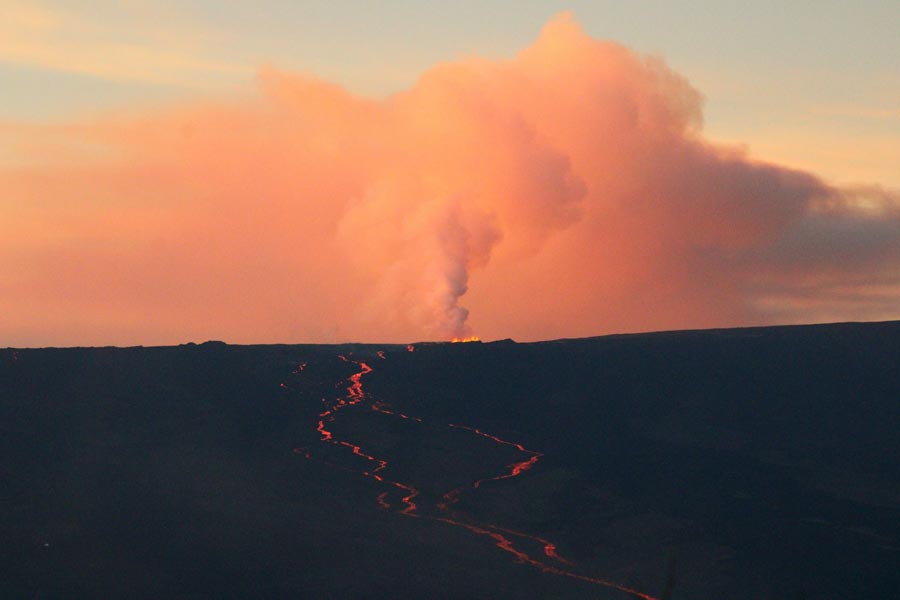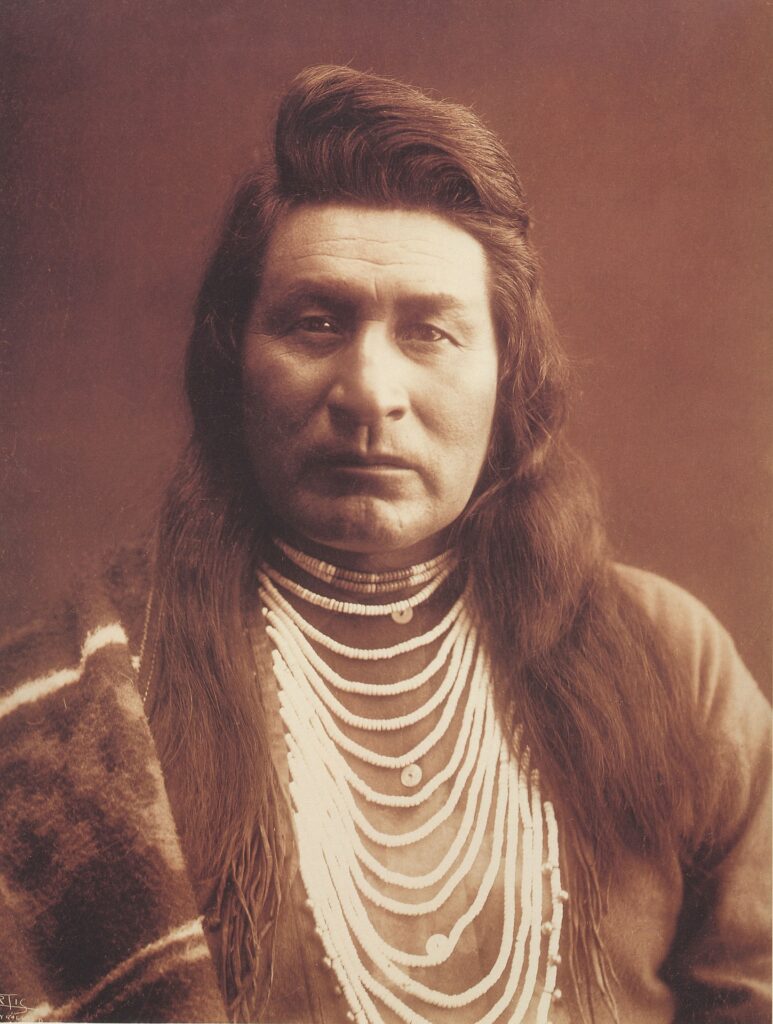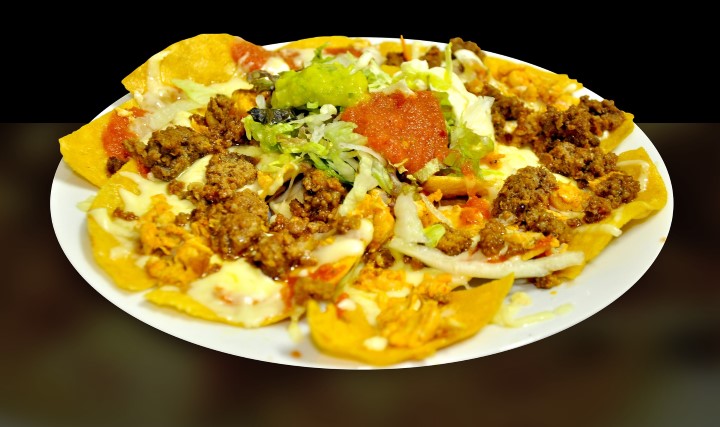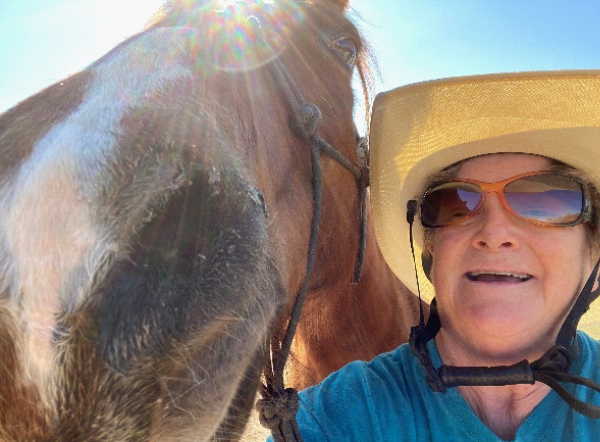My Explosive Mauna Loa Tale

I woke up on November 28, 2022, to the headline announcing “Hawaii’s Mauna Loa is erupting for the first time since 1984.” Mauna Loa erupting always gets my attention. Before 1984, the volcano on the big island of Hawaii had last erupted on July 5, 1975. I know because I was on the side of […]
It’s National Native American Heritage Day on November 27th

The day after Thanksgiving is National Native American Heritage Day. Legislation was passed to commemorate Native Americans and encourage people to learn more about the cultures of the people native to this continent. However, a recently published study showed that we can learn much more from Native Americans, who well-preserve their lands and the habitats […]
November 6th is National Nachos Day. YUM!

November 6 is National Nachos Day, a day set aside to celebrate a delicious culinary delight. Nachos are crunchy with melted cheese, a perfect combination of taste and texture. Nachos were created by “Nacho” Anaya from Piedras Negras, Mexico in 1943. Over the years, other ingredients have been added to the tortilla chips and cheese. […]
It’s Get to Know Your Customers Day!
Get to Know Your Customers Day is a day that is of interest to me every day. I want to know my customers. Do they like my books? How can my books be better? What should I write about in the ones to come? How can I improve the workbooks and activity sheets sold at […]
How Do You Take a Selfie with a Horse?

Have you ever tried to take a selfie with a horse? I recently attempted to take one with my mare, Button. Horse noses are really loooong–my arms, not so much. Here is a recent endeavor. You’re too close to the phone, Button. Hey, look the OTHER way, please! (Oh, and block out the sun, too). […]
